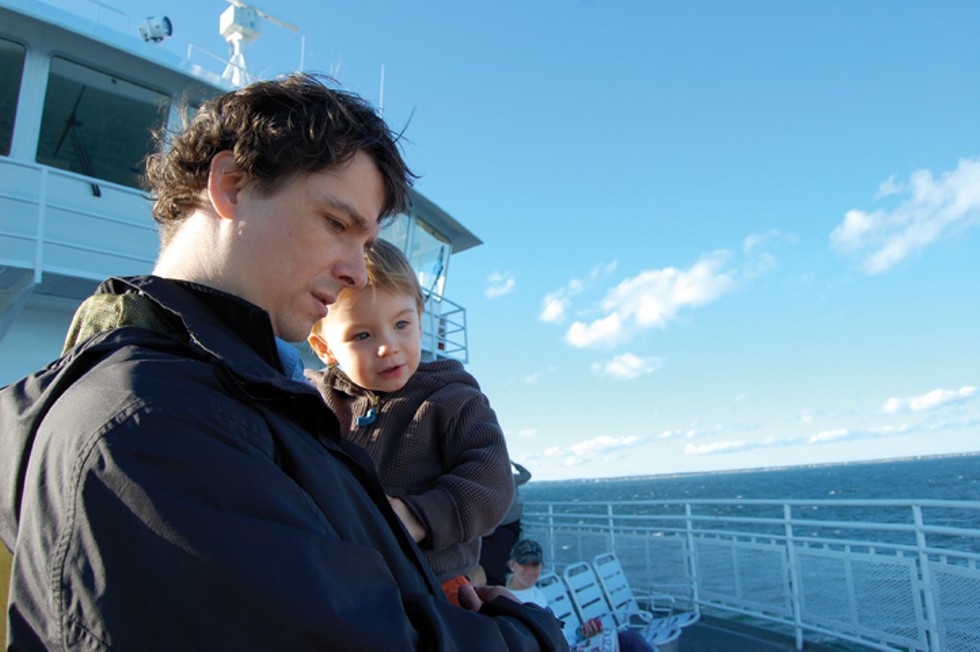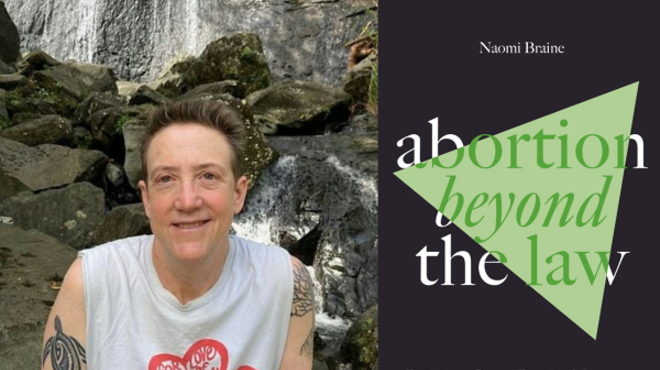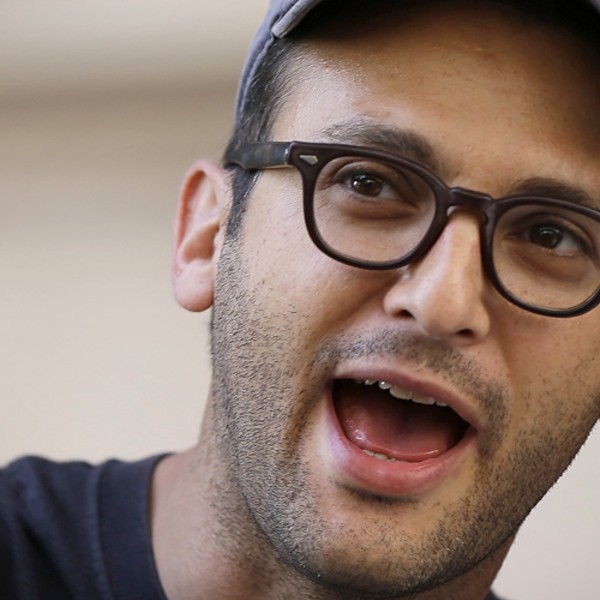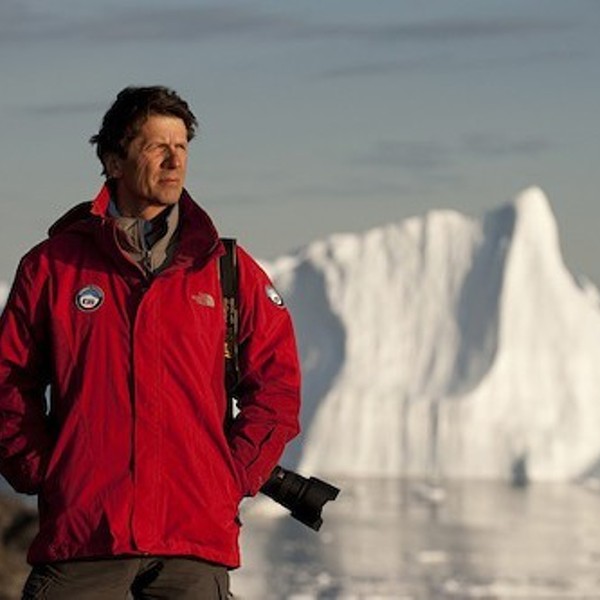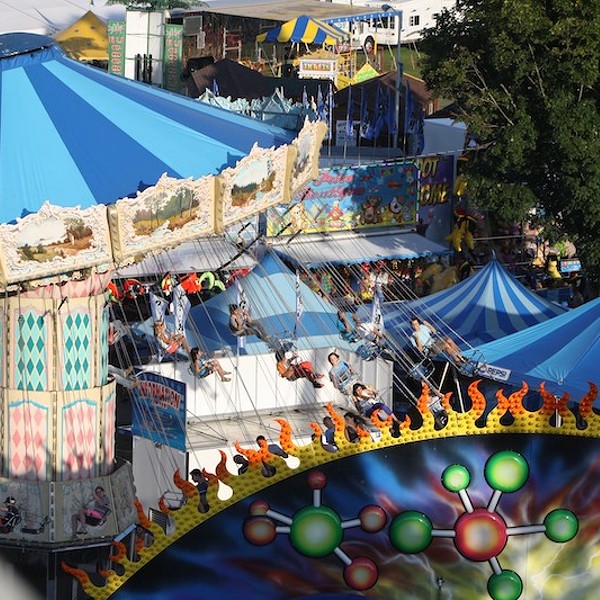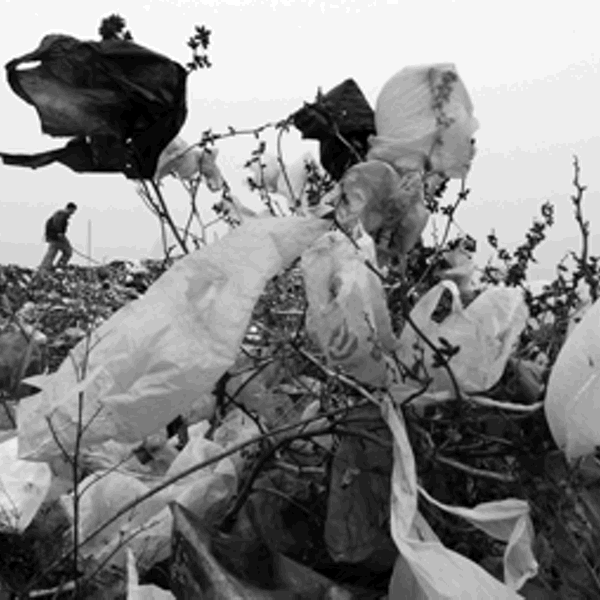Donovan Hohn will discuss Moby-Duck
How many countries in total did the toys make appearances in?
We know for certain they appeared in the Pacific NorthWest, Canada, in the Lower 48, and in Alaska. One was found in the NorthWestern Hawaiian Archipelago. They would have presumably made it to Siberia—though I’ve seen no confirmed reports of a sighting from Russia. Then there are tantalizing sightings that have occurred in the North Atlantic, one in Maine and one in Scotland, but those sightings were never confirmed because the beachcombers did not keep the evidence. So its not so much that there are a multitude of countries where the toys have been found, but they did travel vast distances.
What do the various drift patterns and final locations of the toys tell us about the ocean?
The reason we know so much about this particular incident is because an oceanographer in Seattle named Curtis Ebbesmeyer had in his semiretirement taken to treating such spills (and there are many that have occurred over the years) as kind of accidental oceanographic experiments. If you can find out where the spill happened, then learn from beachcombers where they washed up, you have a point A and a point B, and you know something about where the currents go. Because the currents of the ocean don’t flow like rivers in the sea, as they’ve sometimes been called. They meander much more, they vary seasonally, they change whether its an El Niño or a La Niña. What you don’t know from studying flotsam is what happens in between the spill and the discovery on a beach.
In the beginning of the book, we see a very worried father-to-be as you prepare to leave on your journey. Did you find your adventures helped to alleviate these feelings?
I embarked on this on the eve of fatherhood. And had this sense that although I was in my early-to-mid thirties at the time, that I still had a bit of a childish understanding of the world. I didn’t even know what plastic was made from. When I looked on the map of where these toys had gone, the magnitude of my ignorance was obvious. And I did have this sense of wishing I could go off and learn what the factories in China at the other end of production are like, learn about the Arctic, and bring back that knowledge and impart that to my son, and I think I did succeed to some extent.
What did you learn about what goes into the toys, what plastic is made of, and what is the effect on water, and on the environment, of these substances?
Most rubber duckies are actually made of PVC, then softened with additives to make them rubberlike. So most rubber ducks aren’t actually made of rubber. At sea, plastic is not this evil substance. One of the ironies is that when they first began making synthetic polymers in the late 1800s they were celebrated as the salvation of the tortoise, whale, and elephant because they were going to replace whale bone, ivory, and tortoise shell—all common products. And they did.
The problem with them is how much plastic in use today is meant to be thrown away. So you’re taking a finite resource and turning it into trash after a single use. Another problem is, they don’t biodegrade—they persist for centuries as they escape into the environment.
The main thing with plastic is how symbolic it is of the scale of humanity’s impact—unfortunately, it’s far from the worst impact on the oceans now. So if we’re going to prioritize the list of environmental problems the oceans face, it would be rather low on the list compared to pollutants from land, but also the warming of the ocean and depletion of the fisheries.







